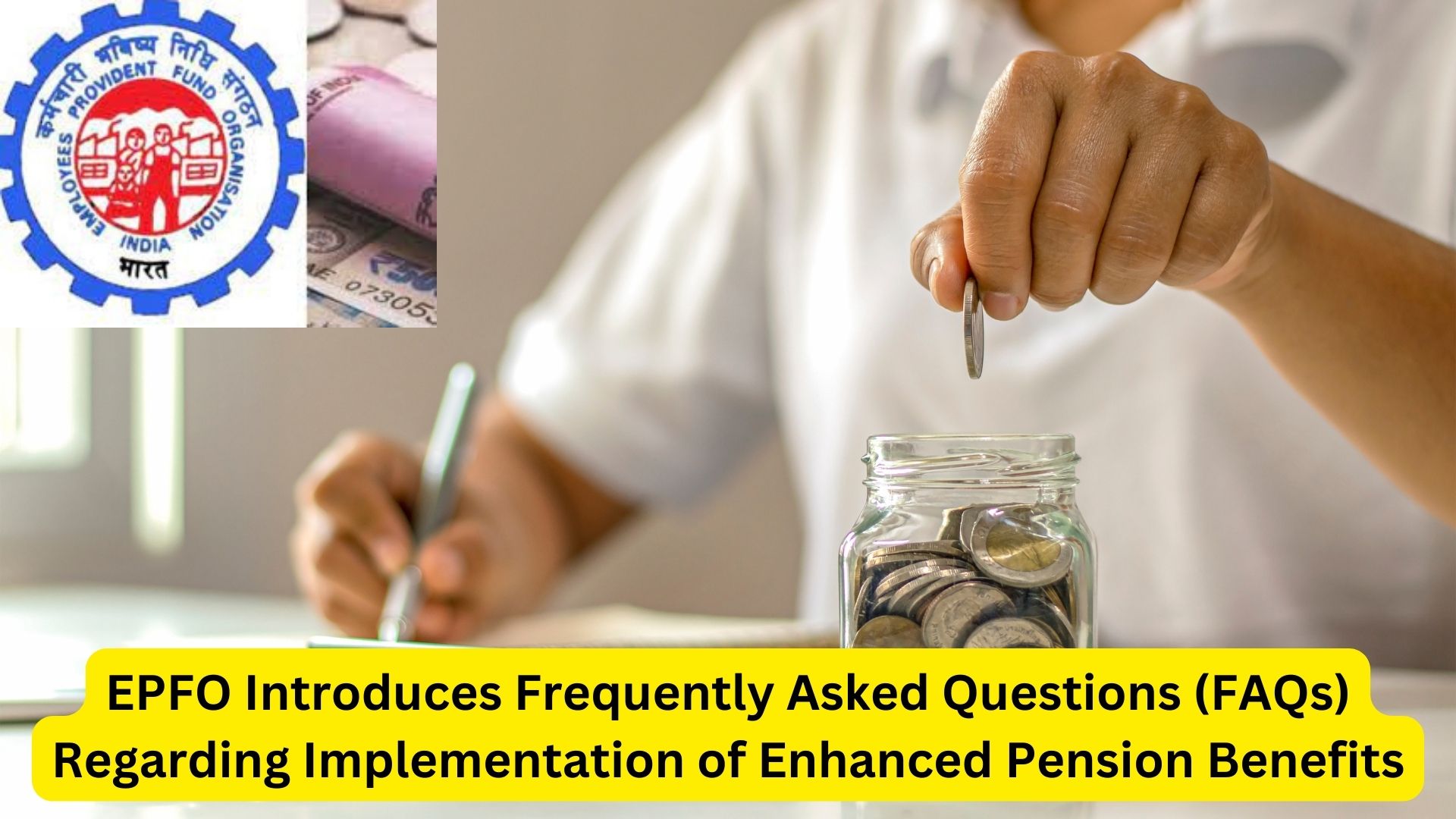
The Employees’ Provident Fund Organisation (EPFO) recently issued a set of Frequently Asked Questions (FAQs) addressing concerns regarding higher pensions linked to actual salaries. In a circular to its field officers, the EPFO clarified that the pensionable formula for those choosing a higher pension would be determined according to para 12 of the Employees’ Pension Scheme (EPS). It emphasized that the applicable formula for calculating pensionable service, pensionable salary, and pension would be based on the date of pension commencement.
For individuals retiring in the future, such as in 2030, the EPFO stated that the pension would be calculated based on the provisions of EPS, 1995, existing on the date of pension commencement. Although the FAQs did not explicitly mention changes to the pensionable formula for future retirees, industry insiders suggested potential adjustments for those retiring in the future.
Illustrating the calculation for members whose pension commencement date is before 01.09.2014, the EPFO reiterated that the pensionable salary would be based on the average monthly pay drawn during the contributory period of service in the 12 months preceding the exit from the pension fund membership. For those whose pension commencement is on or after 01.09.2014, the pensionable salary would be calculated based on the average monthly pay drawn during the contributory period of 60 months preceding the exit from the membership.
Arrears of pension will be disbursed to pensioners in accordance with existing income tax rules for tax deducted at source (TDS). The EPFO initially set the deadline for applying for higher pensions until July 11, followed by extensions for employers until September 30 and then December 31. Employees had until July 11 to submit their applications.
Members of EPFO’s Central Board of Trustees expressed appreciation for the issuance of the FAQs. K.E. Raghunathan, a CBT member representing employers, stated that if issued earlier, it would have prevented confusion among pensioners and EPFO officers. Despite the delay, he acknowledged the positive step taken.
As of October 12, a total of 32,591 demand letters had been issued, with a cumulative demand of Rs 1,974 crore from applicants opting for higher pensions under the EPS. The total number of applications for higher pensions amounted to approximately 17.49 lakh.
In a ruling on November 4 last year, the Supreme Court upheld amendments to the Employees’ Pension (Amendment) Scheme, 2014. This provided another opportunity for employees existing as EPS members on September 1, 2014, to contribute up to 8.33 percent of their ‘actual’ salaries toward pension, rather than 8.33 percent of the pensionable salary capped at Rs 15,000 per month.
Also Read
Worked with 3 or More Employers? Learn How to Consolidate EPF Accounts and Withdraw Your Funds
The pension fund comprises an 8.33 percent deposit of the employers’ contribution to the PF corpus. Both employees and employers contribute 12 percent of the employee’s basic salary, dearness allowance, and retaining allowance, if any, to the EPF. The employee’s entire contribution goes to EPF, while the employer’s 12 percent contribution is split as 3.67 percent to EPF and 8.33 percent to EPS. The Government of India contributes 1.16 percent of an employee’s pension for those below the wage threshold, with employees not contributing to the pension scheme.

2 thoughts on “EPFO Introduces Frequently Asked Questions (FAQs) Regarding Implementation of Enhanced Pension Benefits”